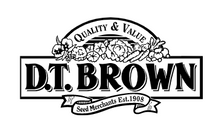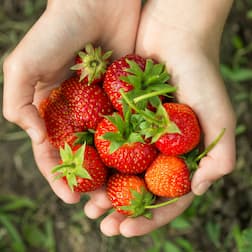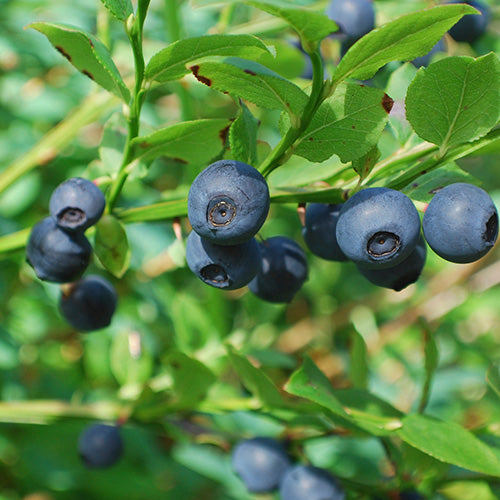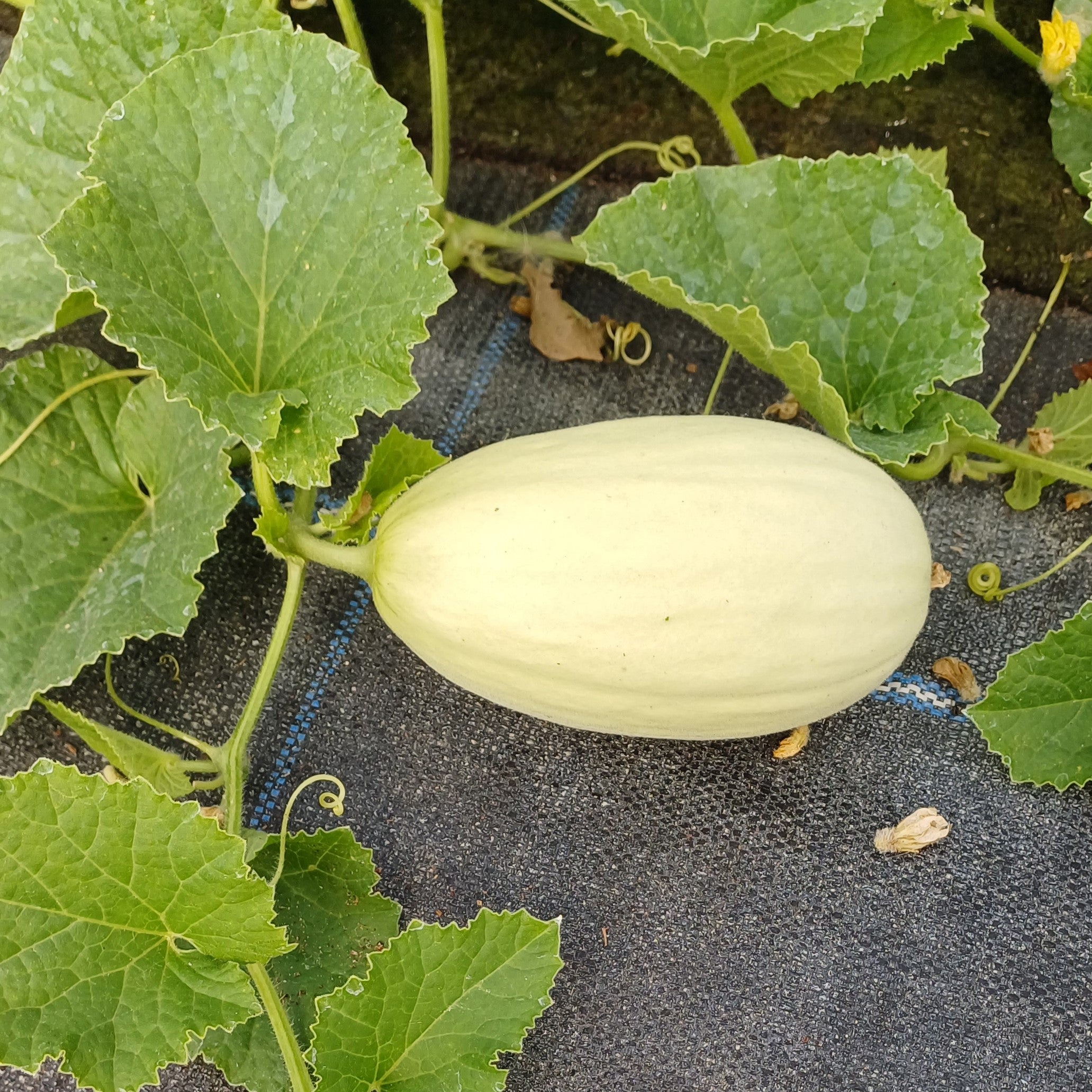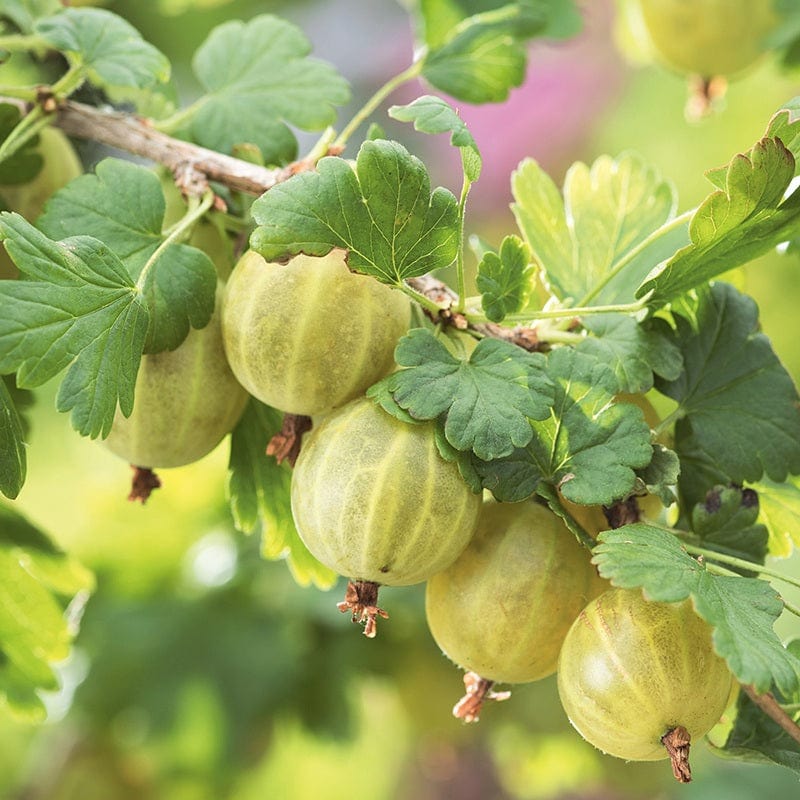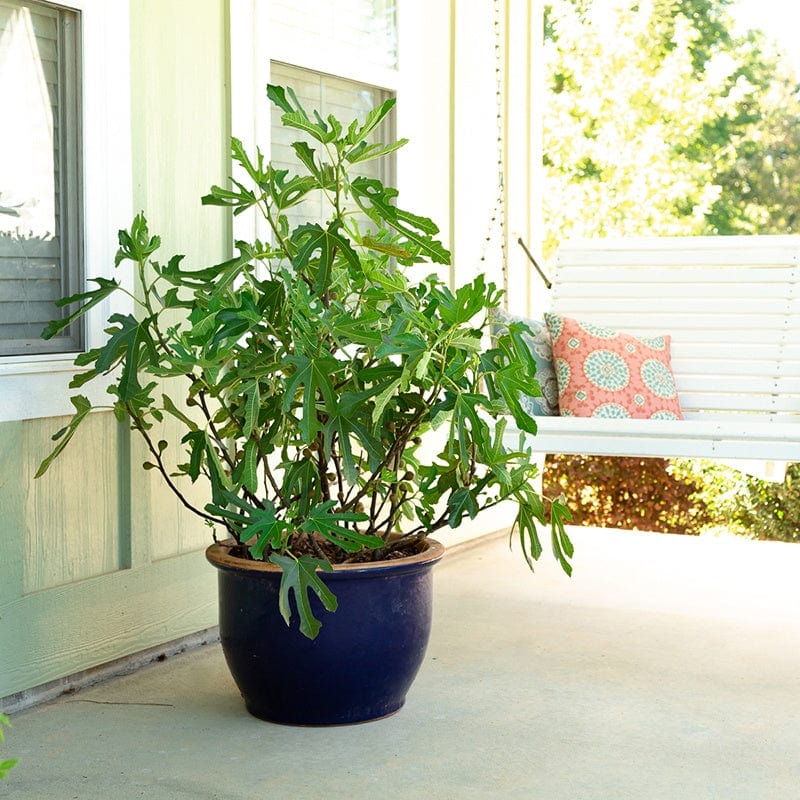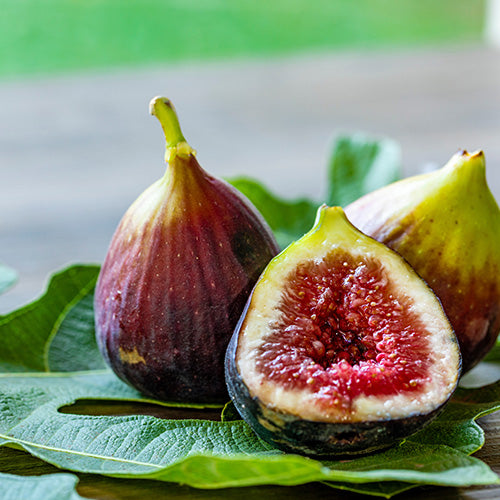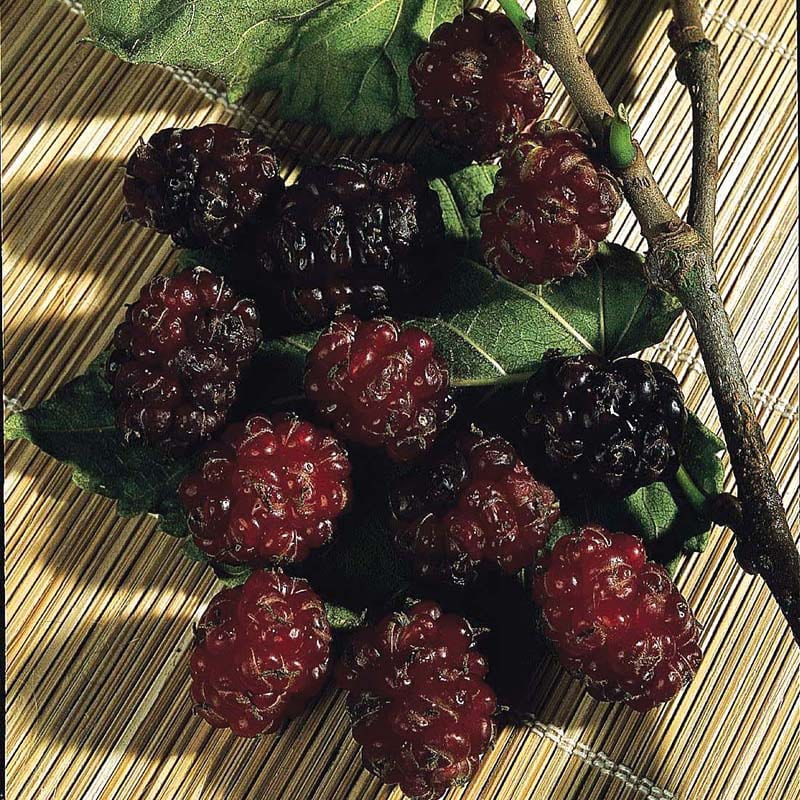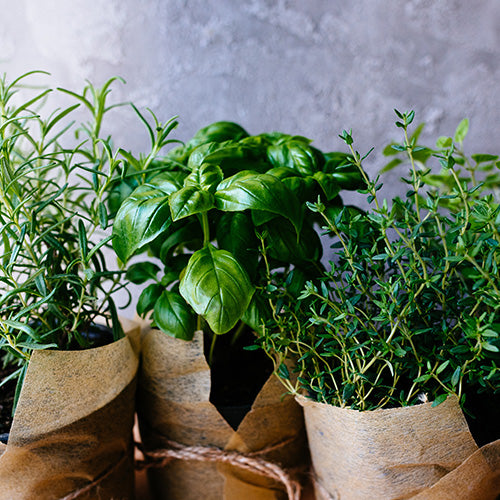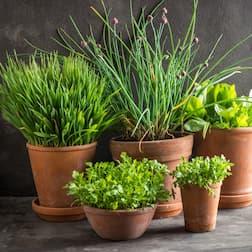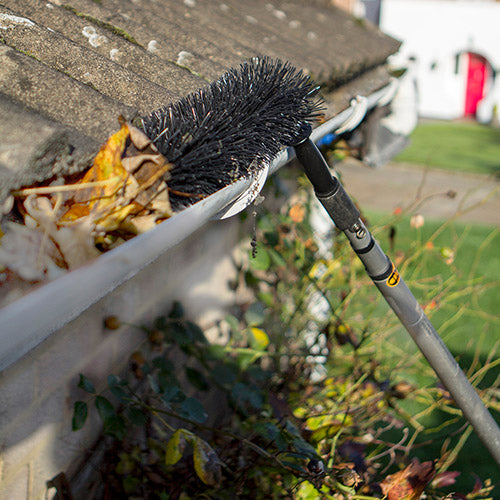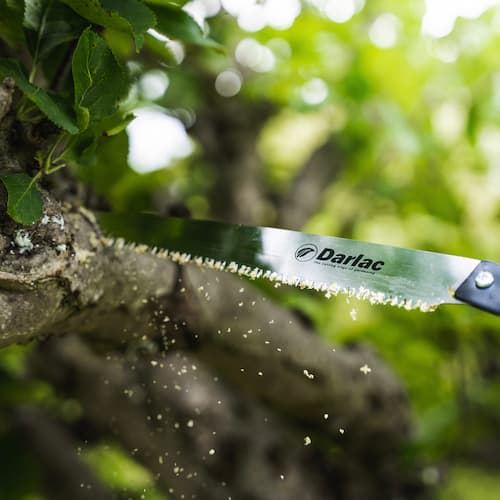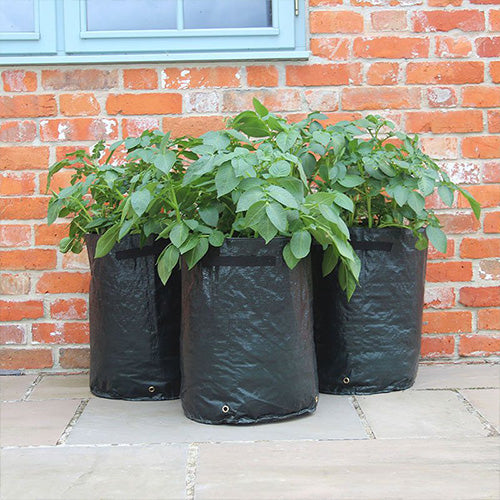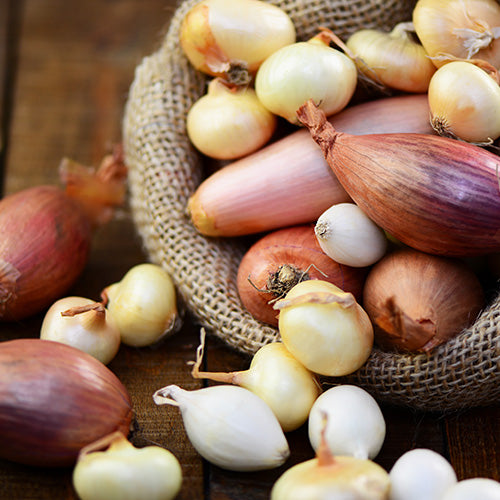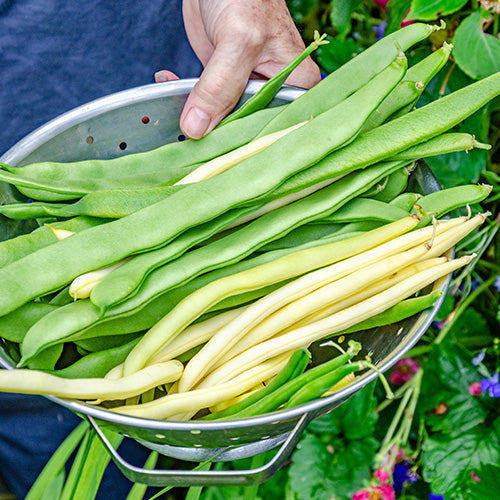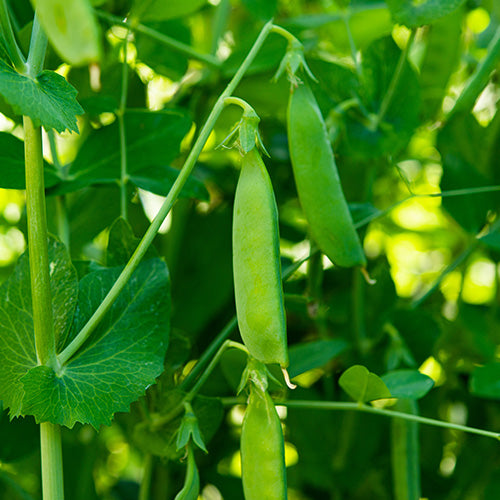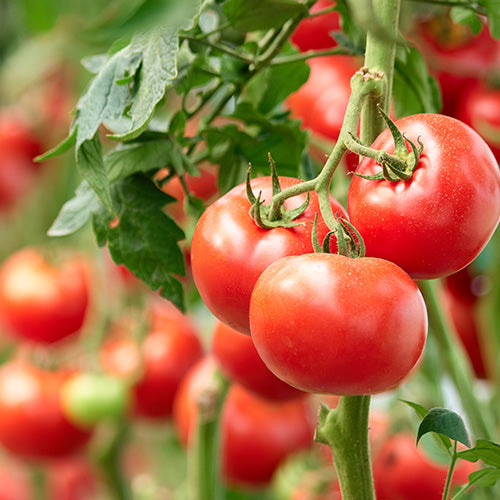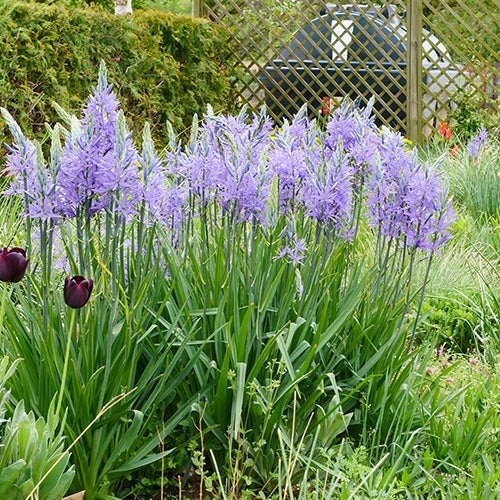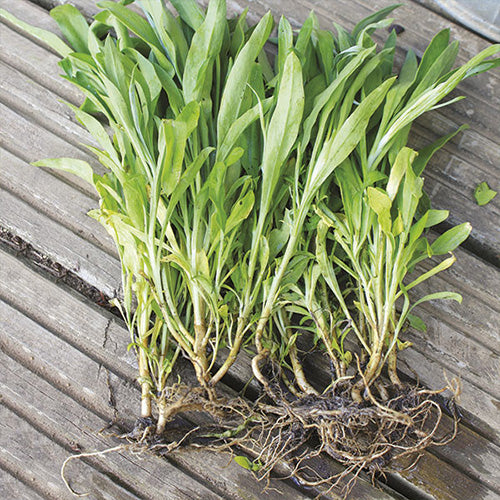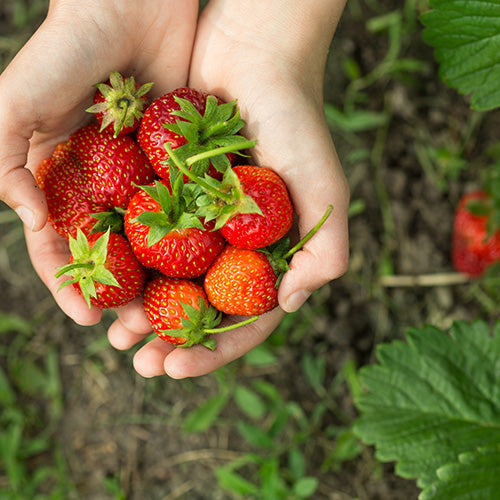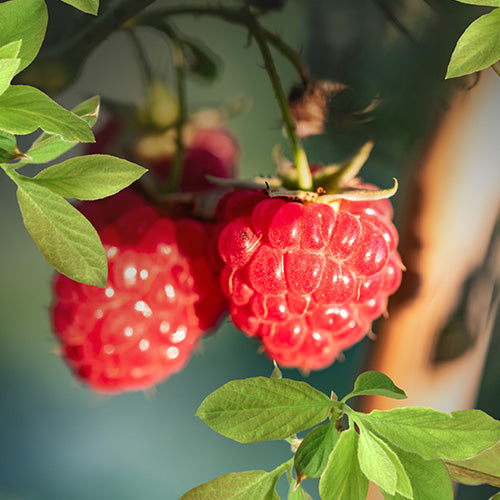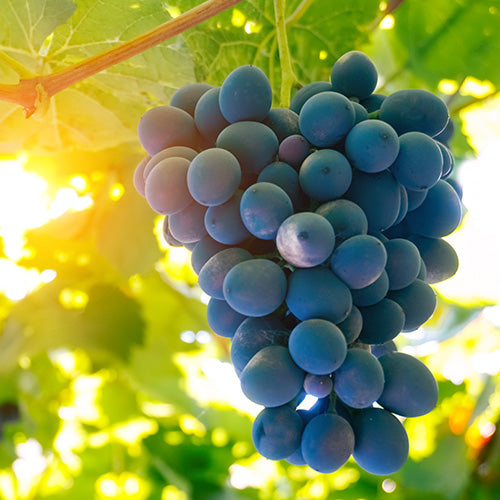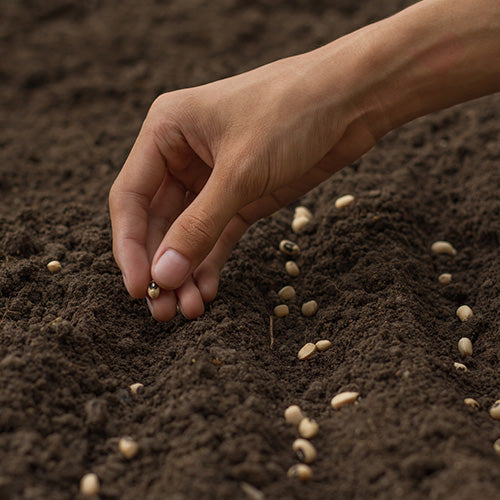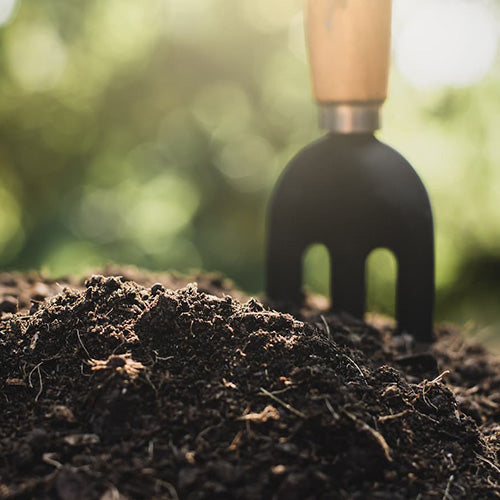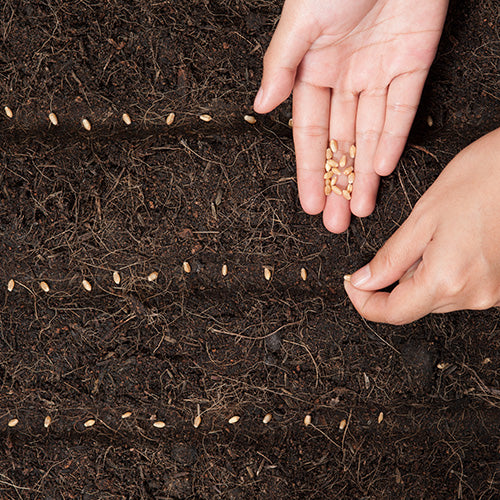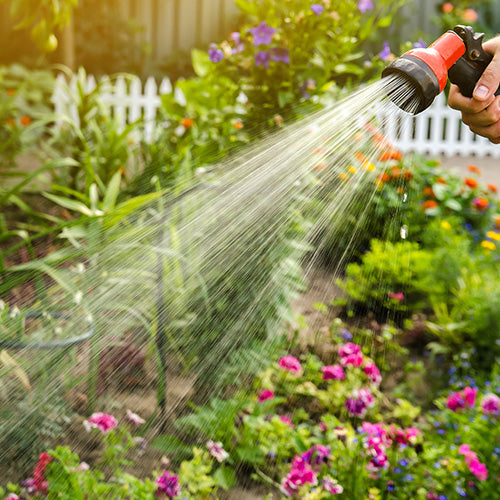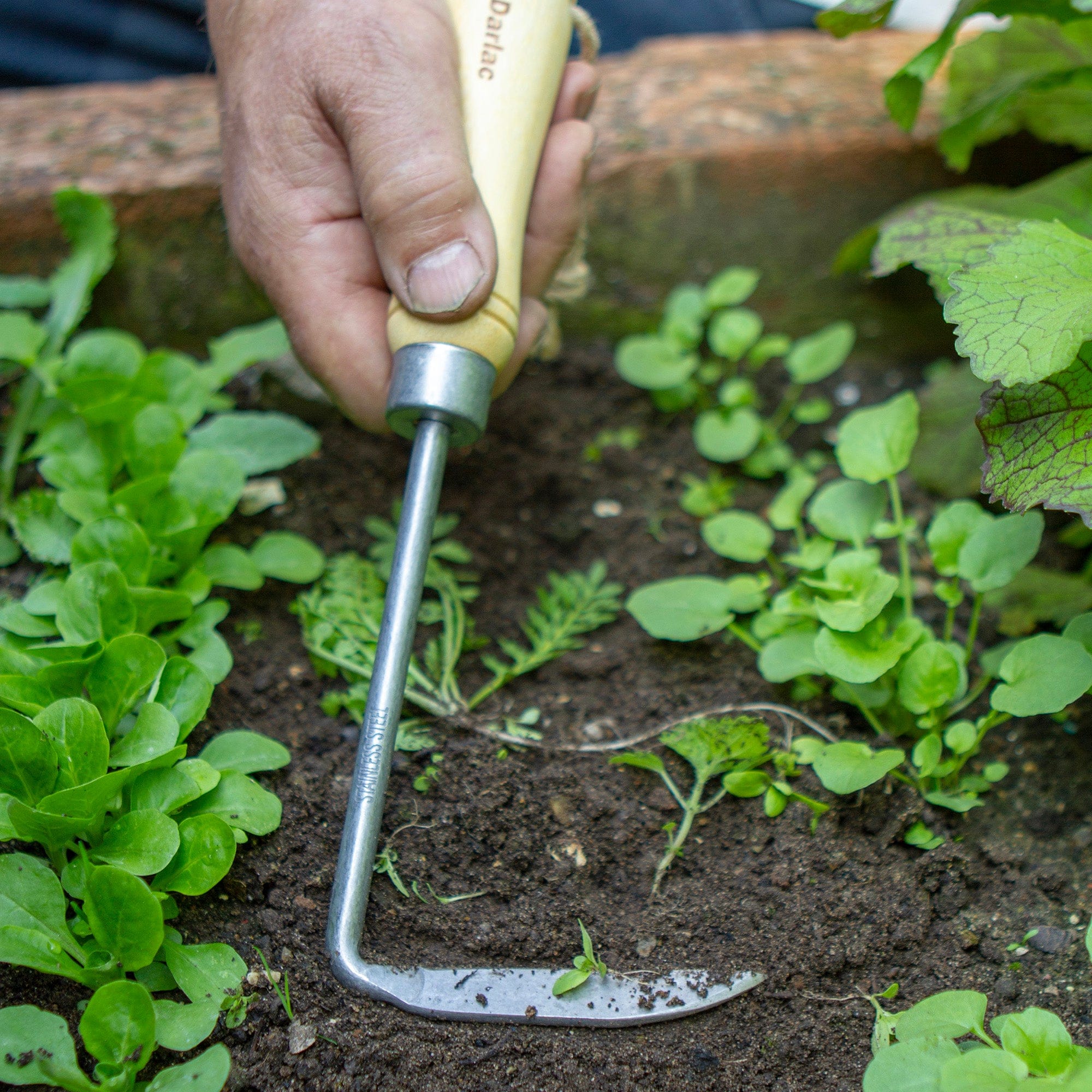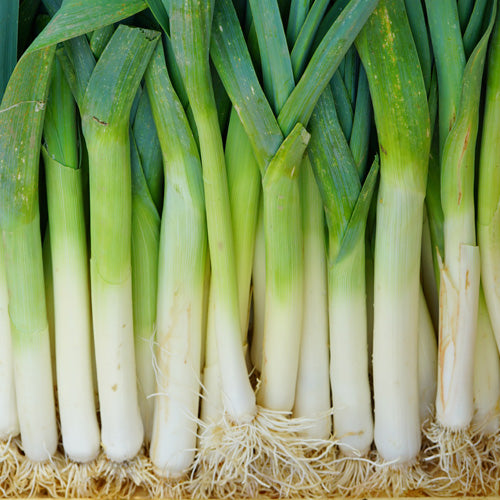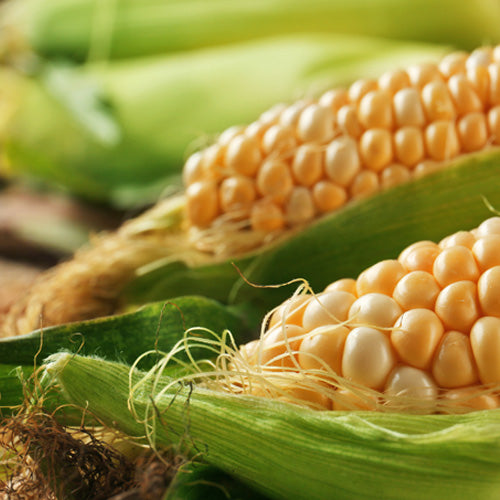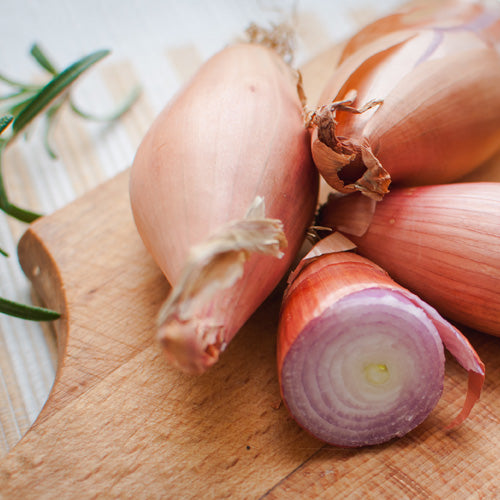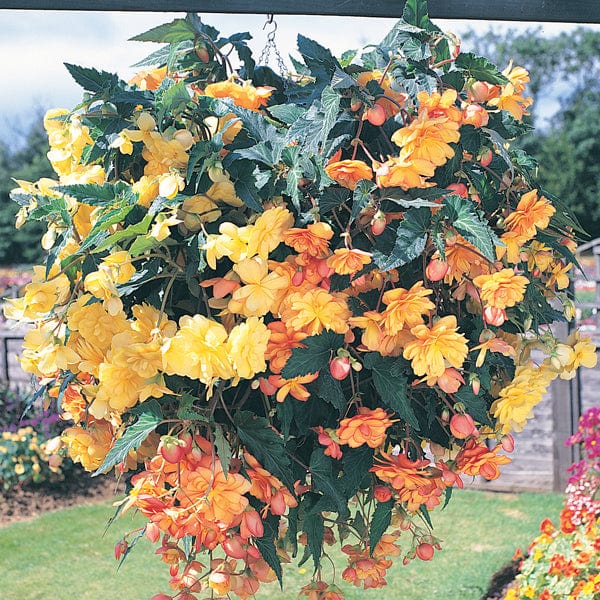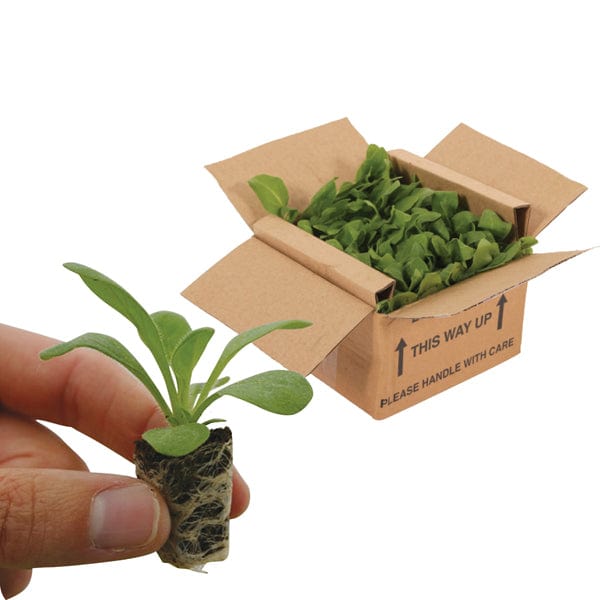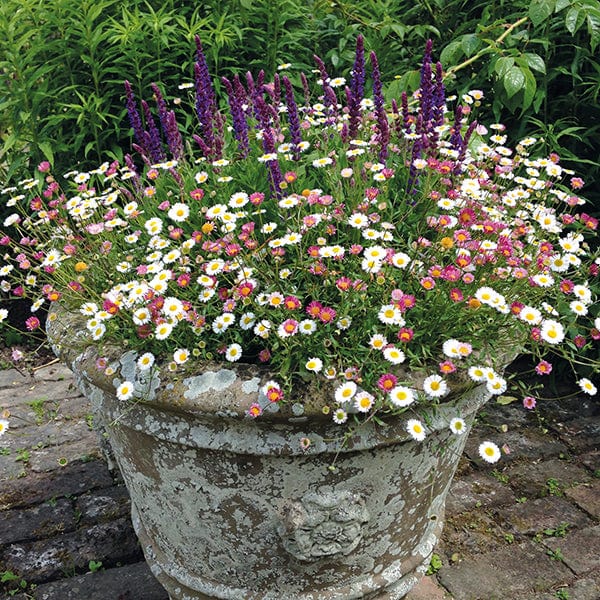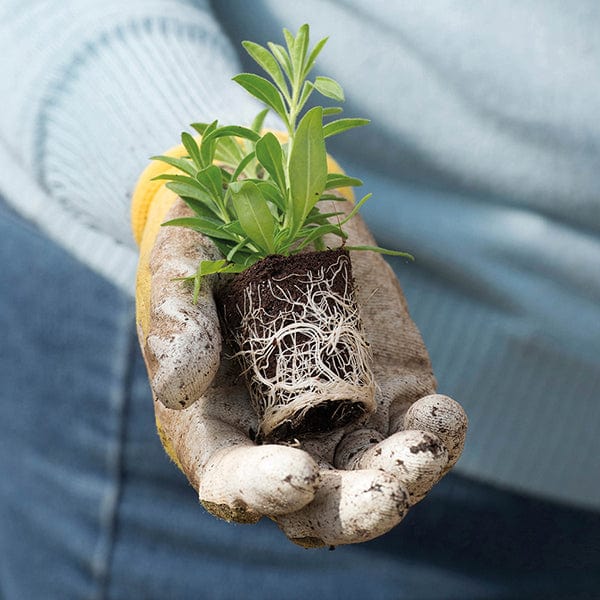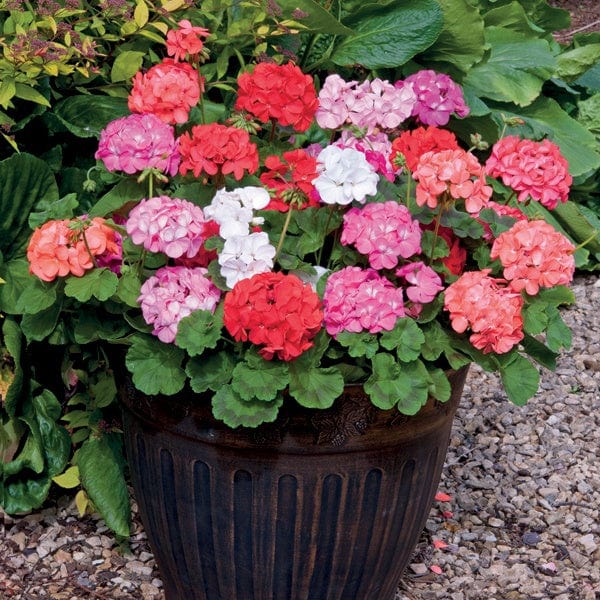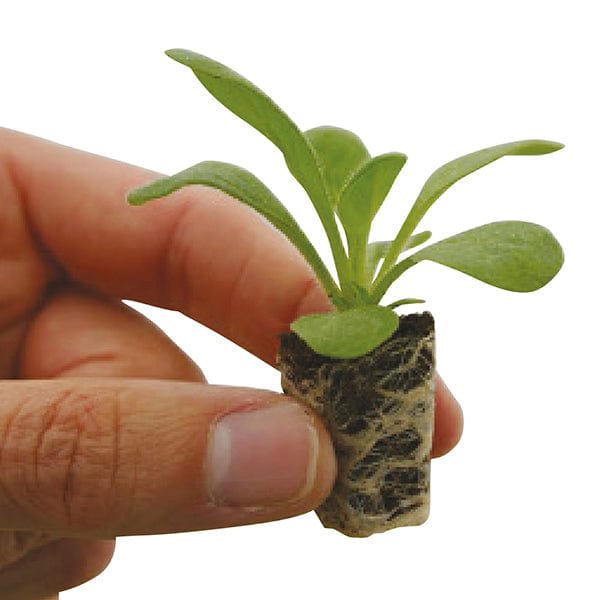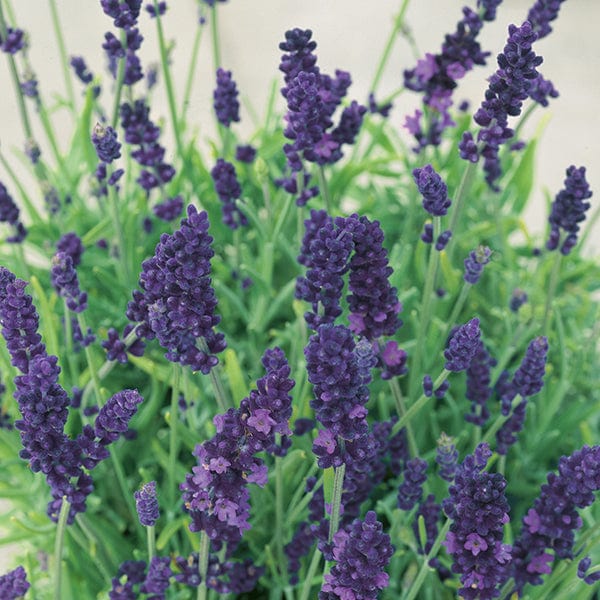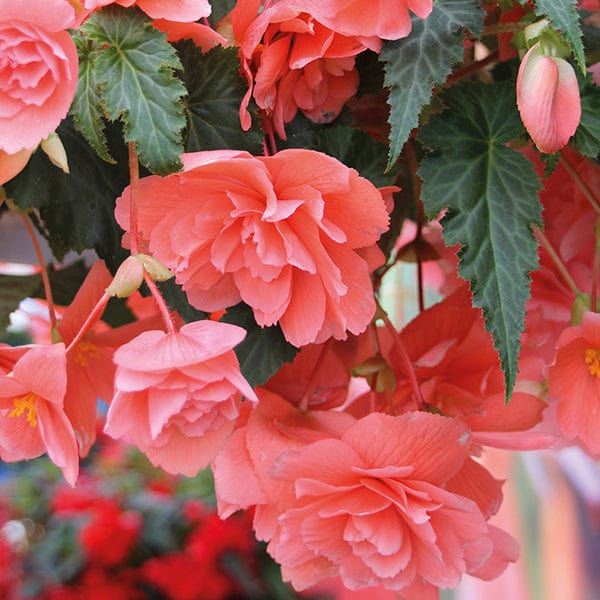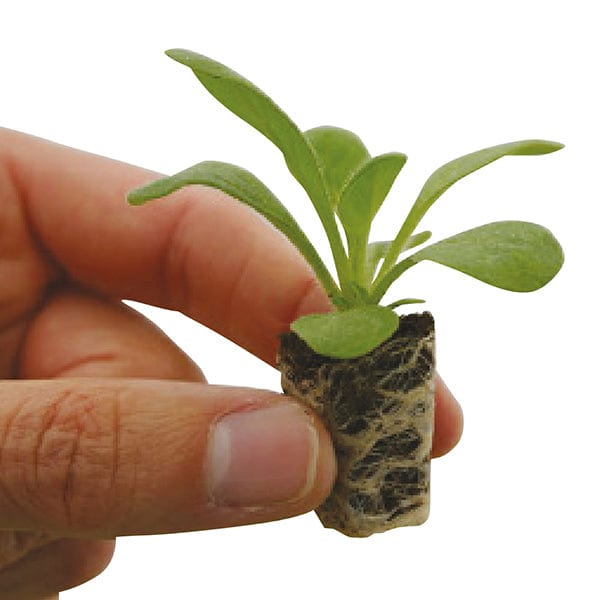A stalwart, hardy and reliable winter vegetable, leeks have many uses, their thick stems, known as shanks, have a versatile mild onion flavour and can be harvested when few other crops are still available. Seedlings thinned from the row even make an excellent salad vegetable.
Young leeks are generally raised in a seed bed and then transplanted to their final growing positions. Their stems and are blanched as they grow by regularly covering with soil, to make them white and tender. For really bumper crops, the growing area can be improved by digging in plenty of compost or well-rotted manure in the autumn.
Sowing
Sow thinly a 1.5cm/half-inch deep in rows 30cm/12in. apart from March to April, or start indoors in trays of seed compost from January onwards.
Growing
Thin seedlings to approximately 4cm/1.5in apart. The plants are ready to transplant from June when they are about 20cm/8in tall and around the thickness of a pencil. Water well the day before lifting and transplanting. Prepare the plants by trimming off the root tips. Make 15cm/6in deep holes with a dibber, 15cm/6in apart in rows 30cm/12in apart and drop a plant into each hole. Fill the hole with water to settle the roots. Top up as necessary for the plants to establish. To increase the length of white stem it can be blanched by gently drawing dry soil around the stem in stages. Keep weed free and be careful around the stems, an onion hoe or a narrow draw hoe will help to prevent damage to them. Don't allow soil to fall between the leaves.
Harvesting
Leeks can be used at any size, with 'baby' leeks becoming increasingly popular. Start picking when the leeks are still quite small to ensure a long harvest period. Gently lift from the soil using a fork. Leeks can remain in the ground through the winter until they are needed.
Top Tips
Dig the soil over before planting leeks out, leeks don't grow as well on compacted soil.
Don't allow soil to fall between the leaves when weeding, as this will make for gritty stems when harvested.
Leeks can suffer from soil borne diseases so it is advisable to rotate crops, growing them in a different location every year. There are also disease resistant varieties; Leek Oarsman F1 is highly recommended.
A top dressing of fertiliser will help plants reach their full potential.
